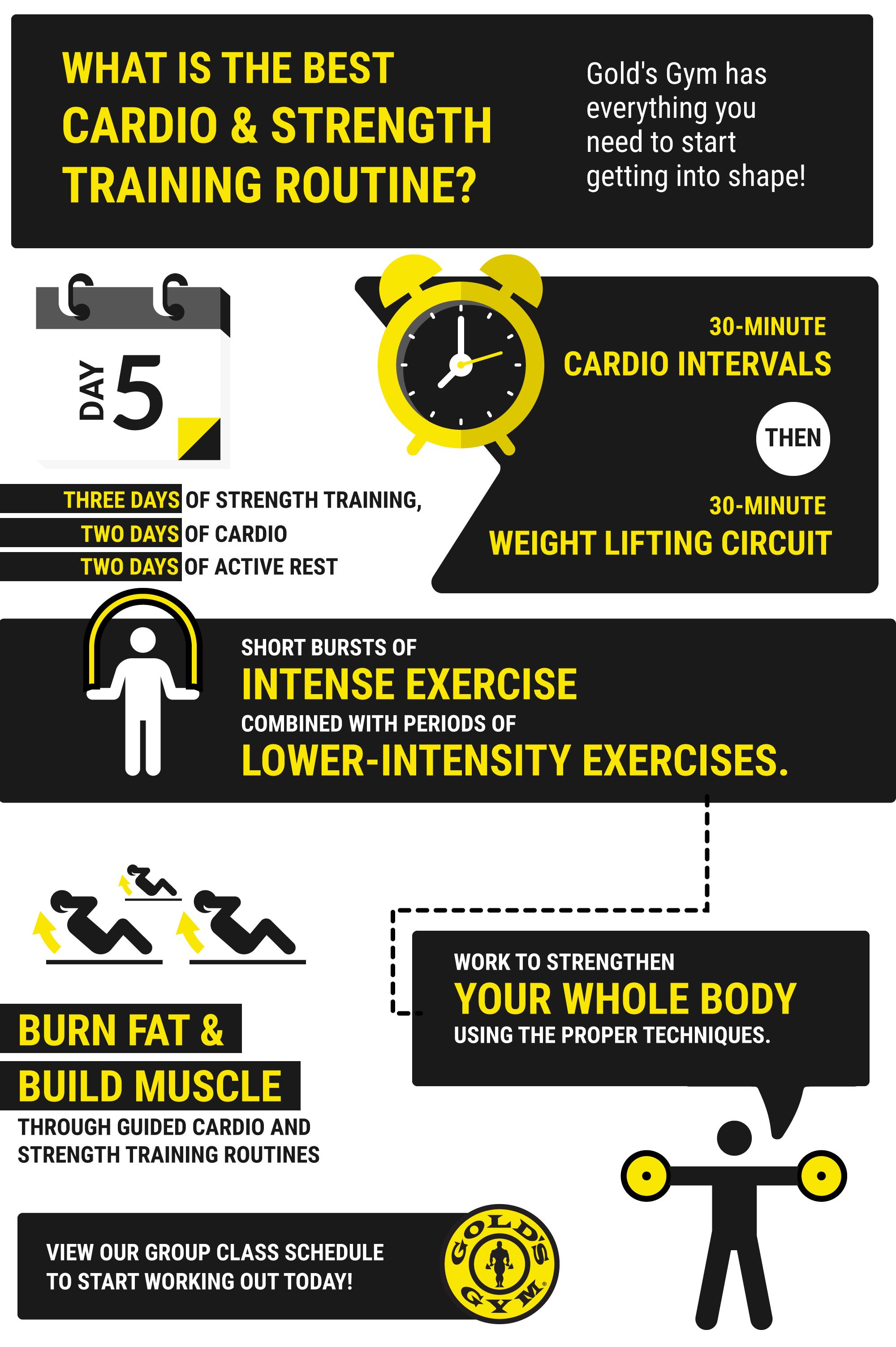In the pursuit of optimal fitness, the debate between cardio and strength training has long captivated enthusiasts and experts alike. Yet, the true power of exercise lies in the seamless integration of these two pillars, enhancing both endurance and muscle strength. Welcome to a comprehensive guide on how to incorporate cardio into your strength training regimen. With a confident stride, we will explore the art of balancing heart-pumping cardio with muscle-building workouts, transforming your routine into a dynamic powerhouse of efficiency and results. Whether you’re a seasoned athlete or a fitness novice, this article will equip you with practical strategies to elevate your workouts, maximize your gains, and achieve a harmonious blend of strength and stamina. Let’s embark on this transformative journey towards a more robust and resilient you.
Maximizing Your Workout Routine with Cardio-Strength Hybrids
To truly amplify your fitness results, consider blending your cardio and strength training into a cohesive workout. This hybrid approach can help improve both cardiovascular endurance and muscular strength simultaneously. Start by incorporating compound movements that naturally integrate both elements. For instance, exercises like burpees, kettlebell swings, and squat-to-presses are perfect for this, as they require both strength and an elevated heart rate.
- Burpees: Combine a squat, push-up, and jump for a full-body burn.
- Kettlebell Swings: Engage your core, legs, and shoulders while getting your heart rate up.
- Squat-to-Presses: Use dumbbells or a barbell to work your legs and shoulders in one fluid motion.
Another effective strategy is to create circuit routines that alternate between strength and cardio exercises. This keeps your heart rate elevated throughout the session while allowing muscle groups to recover. For instance, follow a set of deadlifts with a quick round of jump rope, or pair lunges with high knees. This method not only maximizes calorie burn but also keeps your workouts exciting and varied.

Strategic Scheduling: Balancing Cardio and Strength for Optimal Results
When designing a workout regimen that combines both cardio and strength training, it’s essential to consider how each type of exercise impacts the other. Strategic scheduling can maximize your efforts and enhance overall performance. Here are some tips to help you strike the perfect balance:
- Prioritize Based on Goals: If your primary goal is to build muscle, start with strength training. Conversely, if endurance or fat loss is your target, begin with cardio. This approach ensures that your energy levels are highest for the focus of your workout.
- Mix Intensity Levels: Alternate between high-intensity and low-intensity cardio sessions throughout the week to prevent overtraining and allow for adequate recovery. Pairing high-intensity interval training (HIIT) with strength workouts on alternate days can be particularly effective.
- Schedule Rest Days: Incorporate rest days into your routine to give your muscles time to recover and grow. Rest days can include light activities like walking or yoga, which promote active recovery.
Implementing these strategies will not only help in achieving a well-rounded fitness routine but also in avoiding burnout and injuries. By thoughtfully integrating cardio and strength training, you’ll be well on your way to optimal results.

Choosing the Right Cardio Exercises to Complement Strength Training
Incorporating cardio exercises into your strength training routine can optimize your fitness results, but it’s essential to choose the right types to ensure balance and efficiency. Low-impact cardio options like swimming, cycling, or using the elliptical machine are excellent choices as they reduce stress on your joints while still enhancing cardiovascular health. These activities can be seamlessly integrated into your routine without causing excessive fatigue, allowing you to maintain strength training intensity.
For those who prefer more dynamic activities, consider HIIT (High-Intensity Interval Training), which involves short bursts of intense activity followed by rest periods. This approach not only boosts cardiovascular endurance but also complements strength training by improving muscle power and metabolic rate. When selecting your cardio exercises, keep these points in mind:
- Duration: Aim for 20-30 minutes per session to avoid overtraining.
- Frequency: Incorporate cardio 2-3 times a week, allowing rest days for recovery.
- Variety: Mix different cardio activities to prevent boredom and target various muscle groups.

Expert Tips for Seamlessly Integrating Cardio into Your Strength Regimen
Unlock the full potential of your fitness routine by strategically weaving cardio into your strength training. Here are some expert suggestions to ensure a harmonious balance:
- Prioritize Your Goals: If muscle building is your primary objective, perform cardio sessions after strength workouts to preserve energy for lifting. Conversely, if endurance is your focus, start with cardio.
- Mix Up Intensities: Incorporate both high-intensity interval training (HIIT) and low-intensity steady-state (LISS) cardio to avoid overworking specific muscle groups while promoting recovery and fat loss.
- Optimize Timing: Allow at least 6 hours between cardio and strength sessions to maximize performance and recovery, especially if both are high-intensity workouts.
By tailoring your approach, you can achieve a balanced regimen that enhances both cardiovascular health and muscular strength, leading to comprehensive fitness gains.




